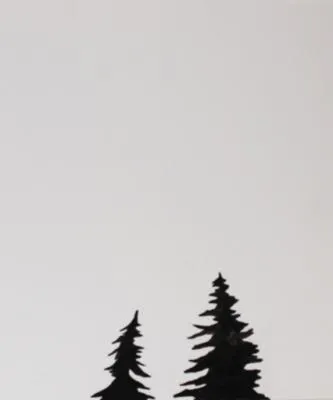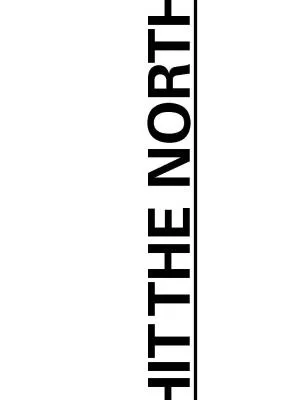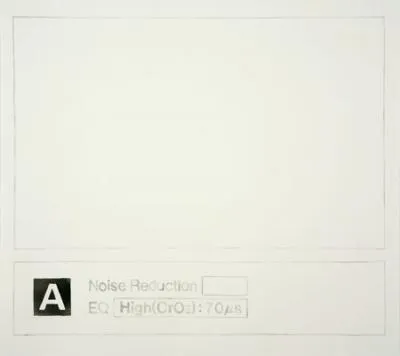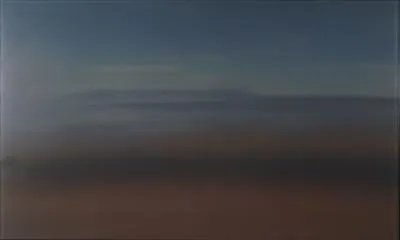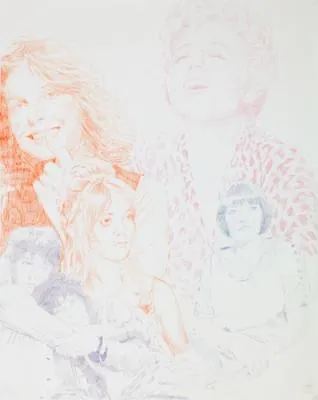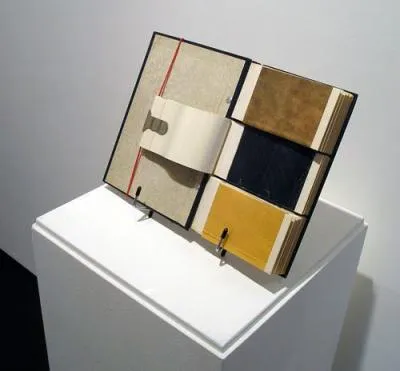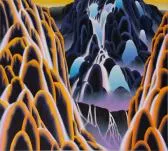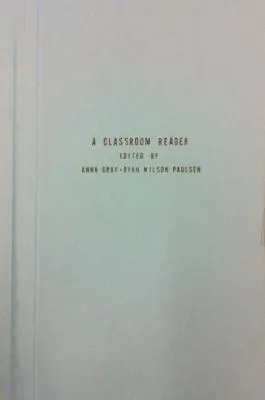28 January, 2011
Victoria Haven review in New American Paintings blog
25 January, 2011
"Hit the North: Victoria Haven" Exhibition Book
19 January, 2011
"Hit the North" Exhibition Opening Wednesday 1/19
18 January, 2011
Megan Murphy: Video on recent work
1 January, 2011
D.E. May review in PORT
7 January, 2011
Adam Sorensen: Willamette Week Best of 2010
5 January, 2011
Anna Gray & Ryan Wilson Paulsen: "A Classroom Reader" Book Launch at Publication Studio
4 January, 2011
Marie Watt on Oregon Art Beat, OPB
21 December, 2010
